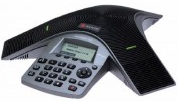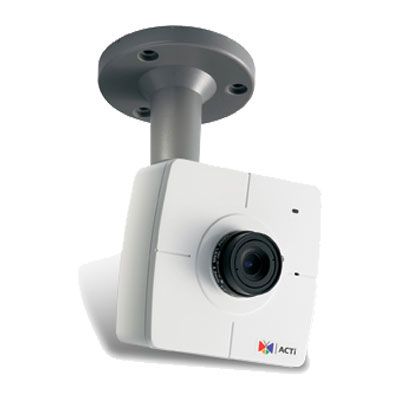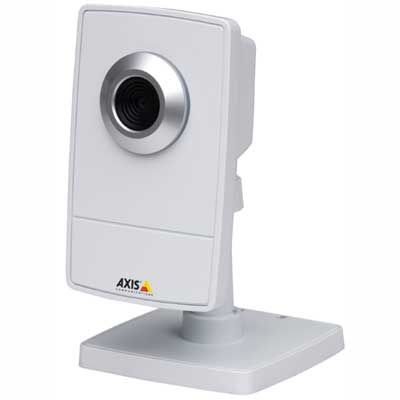How to Implement VoIP for Your Start-Up
Having a VoIP system for your start-up is an easy decision: your company can use the power of the Internet to essentially run a professional phone system at just a couple dozen dollars a month. But if you’re reading this article, there’s a good chance you’re already convinced about the benefits of VoIP for a start-up.
Now you want to know how to implement the dang thing!
The good news is that integrating VoIP in your start-up is one of the easiest things you’ll do all day and many companies offer this service for free. So let’s learn how you can start integrating VoIP into your current phone system and have it all ready by the end of the day – or maybe even before your lunch break.


 ACTi ACM-4201 ($266.00): Supports two-way audio, hardware motion detection, megapixel imaging, and low light capability in a compact design.
ACTi ACM-4201 ($266.00): Supports two-way audio, hardware motion detection, megapixel imaging, and low light capability in a compact design. Panasonic BL-C1A ($99.95): Plug and Play Installation, built-In Web Server/IP address, 10x digital zoom, integrated Motion Sensor with E-mail alert, and 4-lux Night View mode.
Panasonic BL-C1A ($99.95): Plug and Play Installation, built-In Web Server/IP address, 10x digital zoom, integrated Motion Sensor with E-mail alert, and 4-lux Night View mode. Axis M1011-W ($179.00): Ideal for securing locations such as small businesses, boutiques, restaurants, hotels or residences. These intuitive and dependable cameras offer best-in-class image quality and professional monitoring capabilities.
Axis M1011-W ($179.00): Ideal for securing locations such as small businesses, boutiques, restaurants, hotels or residences. These intuitive and dependable cameras offer best-in-class image quality and professional monitoring capabilities. Want to become your own boss?
Want to become your own boss?